A little over a week ago, I was heading out to the gym for my normal early morning before-work weekday workout. After I pulled out of my driveway in the 2018 Jeep JK Unlimited Rubicon and rounded the first corner from my house, my Check Engine Line started flashing. I immediately busted a U-turn and pulled back into my driveway to read the codes.
Thankfully, it was not an engine issue. However, the Diagnostic Trouble Codes (DTC) were enough to put the Jeep into limp mode.
- U0414 – Invalid Data Received From 4-Wheel Drive Clutch Control Module
- C1405 – Transfer Case Range Position Sensor Circuit High
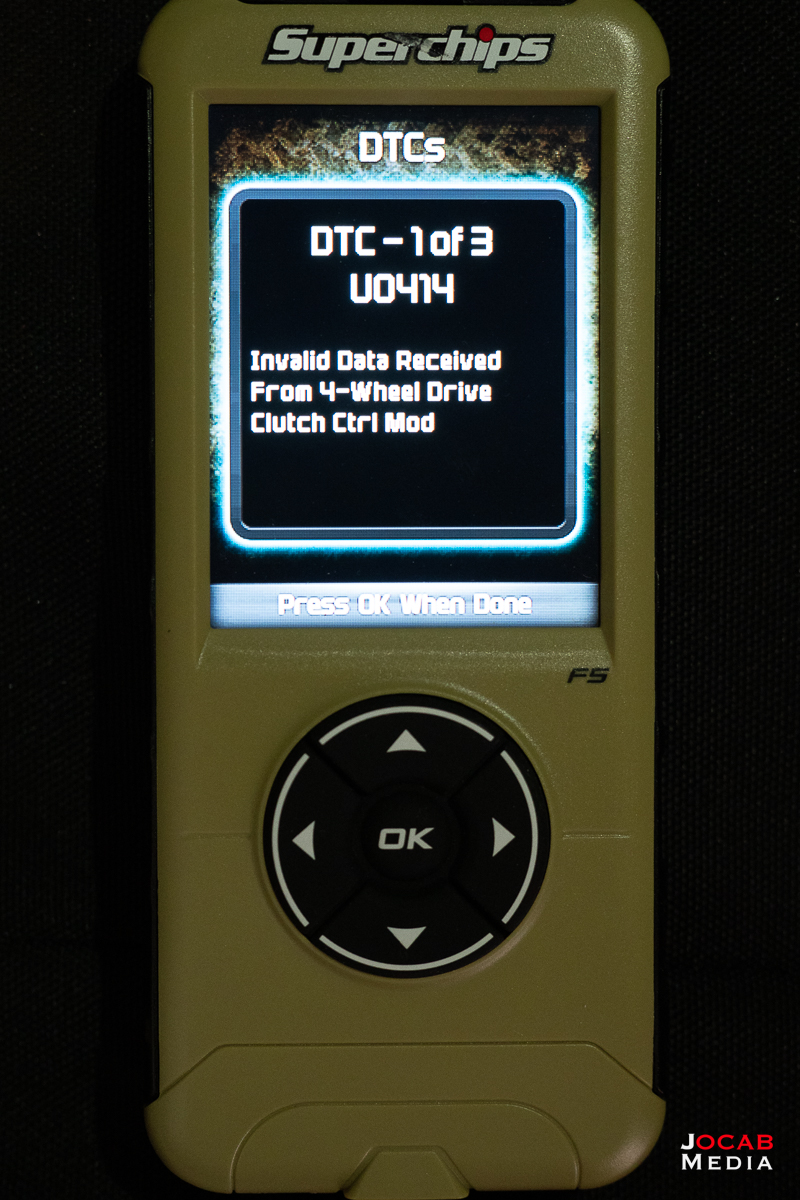
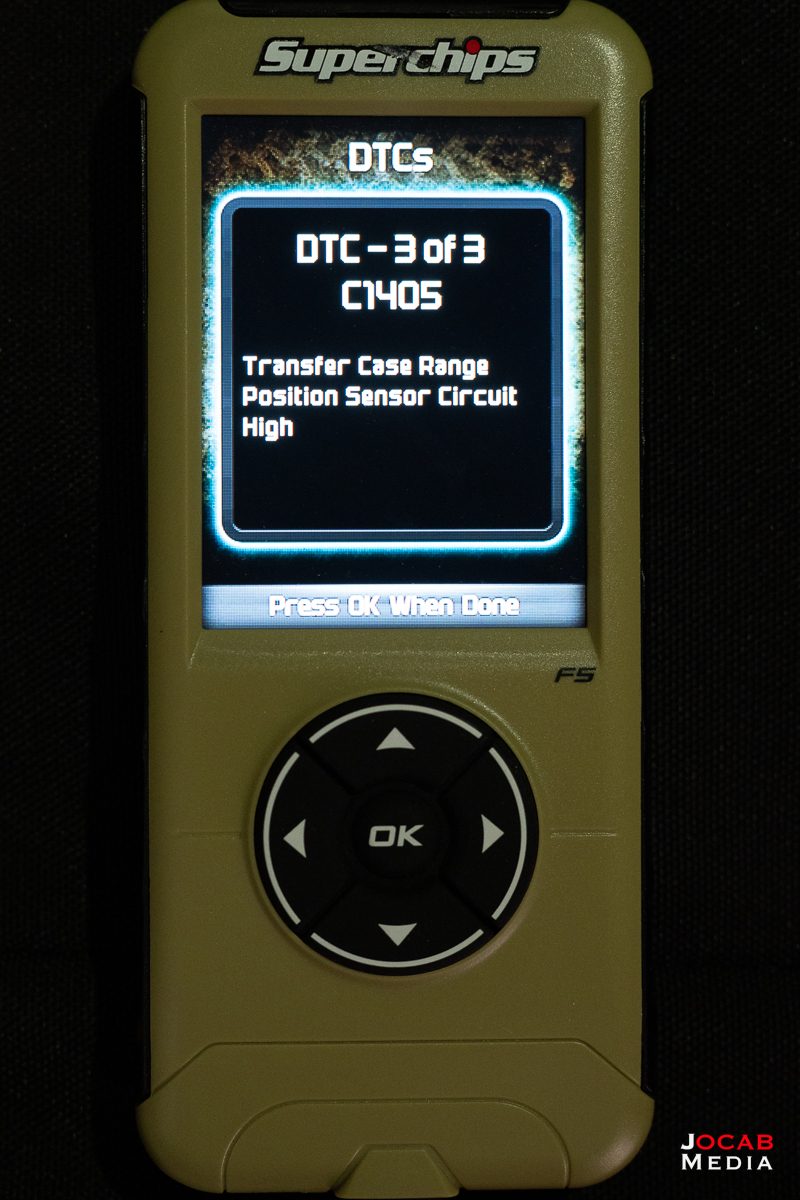
I did a Google search for U0414 and came up with a posts in some Jeep forums indicating it is a bad transfer case switch. C1405 also can be caused by the same issue. There is a wire harness that plugs into the transfer case switch which could also be damaged.
Given the combination of U0414 and C1405, I was betting that the transfer case switch went bad due to frequent submersion in water (thanks to the creek I cross to get to my shooting range facility). It is this transfer case switch that sends a signal to the ECU indicating the state of the transfer case (2WD vs 4HI vs 4LO).
My research on the two DTCs yielded insight into two other issues I had experienced in the two months prior to the CEL coming on.
A couple months ago when I was driving to my shooting range and got off the main road to take the service road in, I noticed that the engine was revving up on its own after some pressure on the gas pedal was applied to get it to 1500 RPM. After releasing the gas pedal, the engine would rev up to 3000 RPM on its own. When I got home, I tested it in Park and when I would depress the gas pedal to get it to 1500 RPM, the engine would then rev up to 3000 RPM on it’s own.
First thought was a vacuum pressure leak. But I checked the engine and could not locate anything. I was checking online and found various semi-related issues related to the accelerator pedal sensor. I ended up disconnecting the battery for about 30 minutes and then reconnecting to reset the ECU and it was back to normal. No phantom engine revving.
Then later on down the line a couple weeks prior to the CEL / DTCs, my Sway Bar light started flashing on its own after I would turn the ignition on. This would go away on its own or after I would cycle from 2WD to 4HI, toggling the electronic Sway Bar, and going back to 2WD. This kept happening and I eventually removed the electronic sway bar disconnect unit to diagnose and regrease, and it still persisted after.
The reason why I cite these two seemingly unrelated issues is because in my research, it appears that people who have had a failed transfer case switch also reported having either the Sway Bar light flashing or the phantom engine revving.
So after my Internet research, I ordered the transfer case switch (Mopar part number 5083138AA) and the corresponding O-ring referred by Mopar as the transfer case seal (Mopar part number 5013016AB).
Note that for some reason, the transfer case switch does not include the O-ring, so it must be purchased separately.
The unfortunate aspect of replacing the transfer case switch is that it is located at the top of the transfer case. When you look at it, you might panic because of how cramped it looks. But in all honesty, it is accessible without having to remove the (factory) skid plates and dropping the transfer case.
I was able to remove the existing transfer case switch using a 1-1/2″ crows foot on a breaker bar and accessing the switch from the driver’s side. I accessed the transfer case switch exactly via the channel as seen in the above photo, where I came in above the output yoke and under the exhaust.
The transfer case switch has a wired harness plugged into the top end. It is a locking plug which is removed by depressing a tab on one side of the plug and pulling the plug out vertically.
I used a breaker bar because it has a swiveling head and had a long handle to get leverage. So you could use a long ratcheting wrench if you have one.
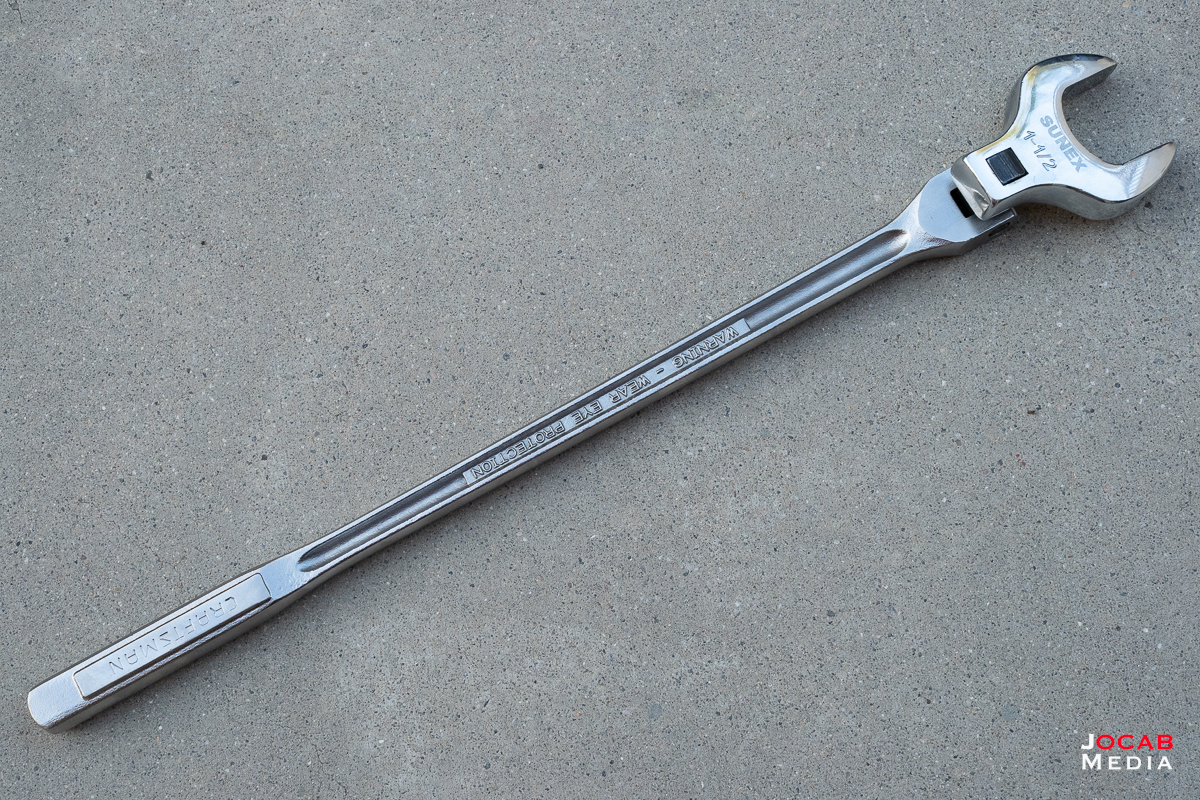
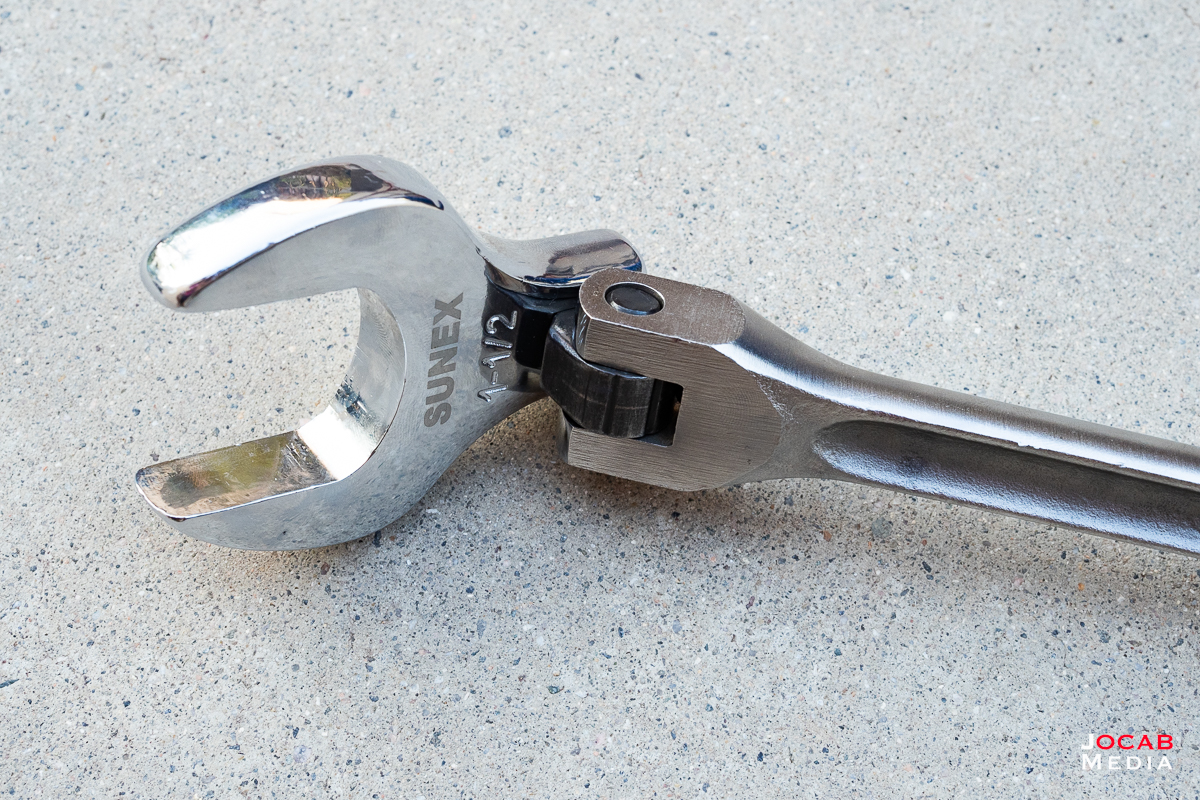
I only needed to turn the switch approximately 15 degrees to break it loose where I could unthread the switch by hand (using the crows foot by itself in hand for leverage).
Getting the new transfer case switch back on was the reverse method. I just hand threaded the transfer case switch on and then used the crows foot in hand to hand tighten as much as possible. Then I used the crows foot on the breaker bar to get it tightened about more 10 degrees.
After that, I cleared the Diagnostic Trouble Codes and took the Jeep for a test drive around my neighborhood. I cycled through the transfer case from 2WD to 4HI to 4LO and back on up to 2WD and had no further codes.
I hypothesize that the transfer case switch failed due to repeated water exposures, as previously mentioned. The terminals on part number 5083138AA and the corresponding wire harness do not appear to be weather sealed. Jeep should have used a Deutsch connector or similar weatherproof type connector for this application.
If you ever get a Check Engine Light and the Diagnostic Trouble Code is U0414 – Invalid Data Received From 4-Wheel Drive Clutch Control Module, it is most likely going to be a bad transfer case switch. You can replace this yourself with part number 5083138AA and the corresponding O-ring with part number 5013016AB. It should only take you about 10 minutes give or take 5 minutes, depending on how long it takes you to fumble around figuring out the best way to get the old one out.
Depending on the source, the Mopar transfer case switch and O-ring/seal will be $90 and $1, respectively.
Furthermore, if you every experience phantom engine revving where the engine revs higher on it’s own after applying gas to bring the engine to 1500-2000 RPM and you cannot find a vacuum leak, this might be a precursor symptom to a bad transfer case switch. Also, if the Sway Bar light on the gauge cluster starts to blink after vehicle startup, this may also be another precursor symptom. Granted, a blinking Sway Bar light could be other issues that should be ruled out.
Lastly, you likely noticed that I used a Superchips Flashcal to read the codes. There are less expensive options to obtain DTCs and access other maintenance/service related items in the ECU of the Jeep. I also have a Veepeak OBD-II Scan Tool (Bluetooth) that I pair with the OBD JScan app on iOS and will use this more often when at home in the garage.
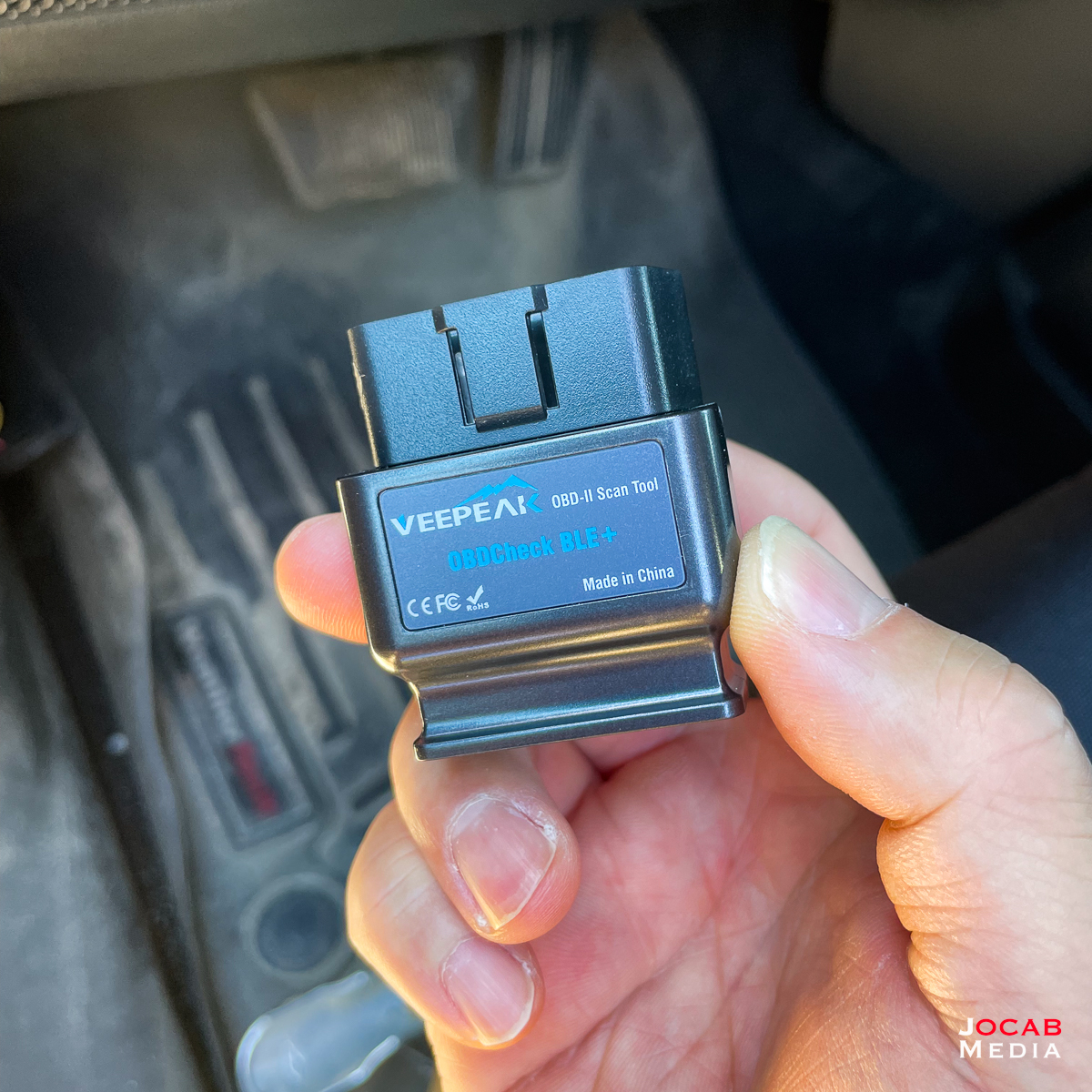
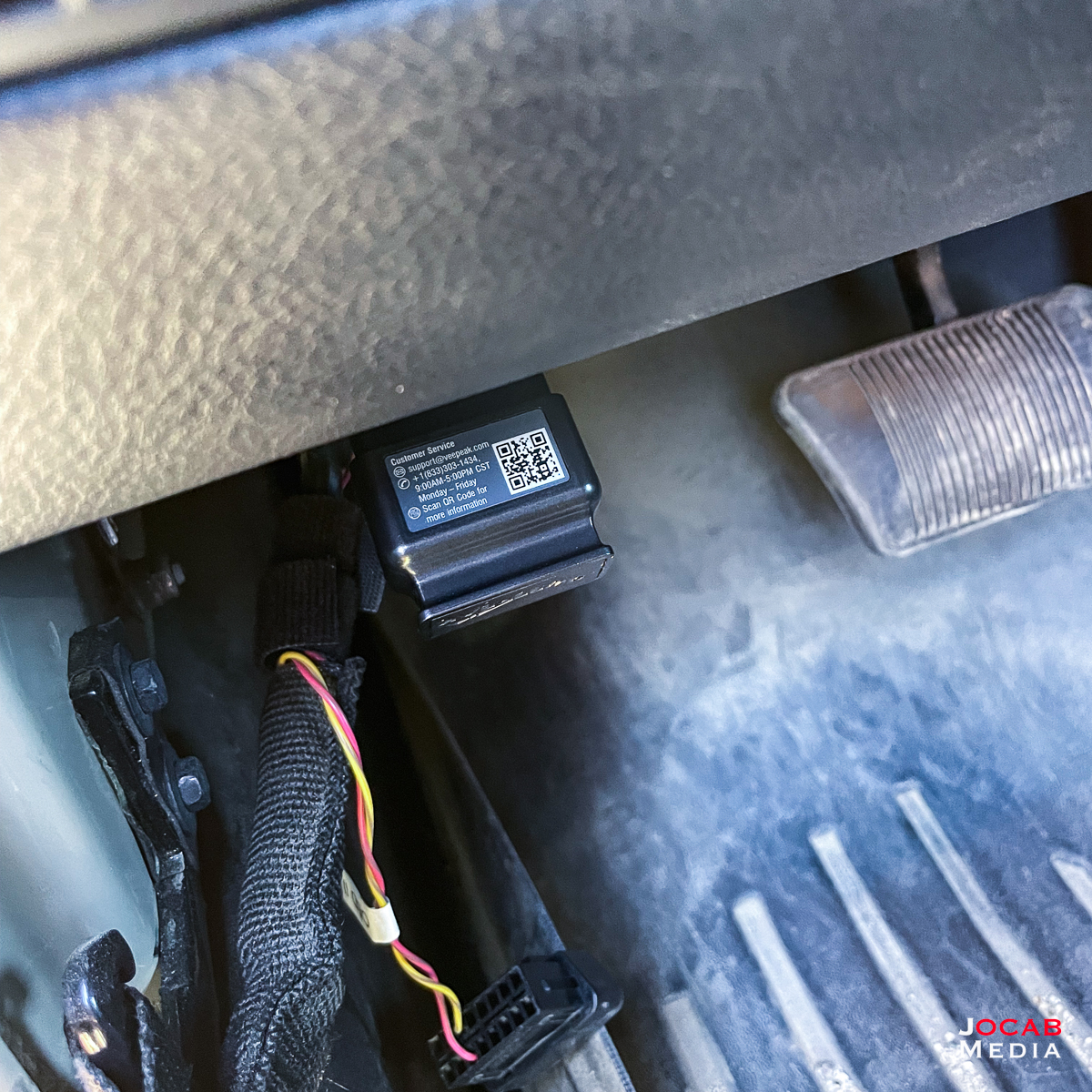
This combination is a fraction of the cost of the Superships Flashcal and actually has far more features, so I highly recommend the Veepeak OBD-II Scan Tool (Bluetooth) and the OBD JScan app.
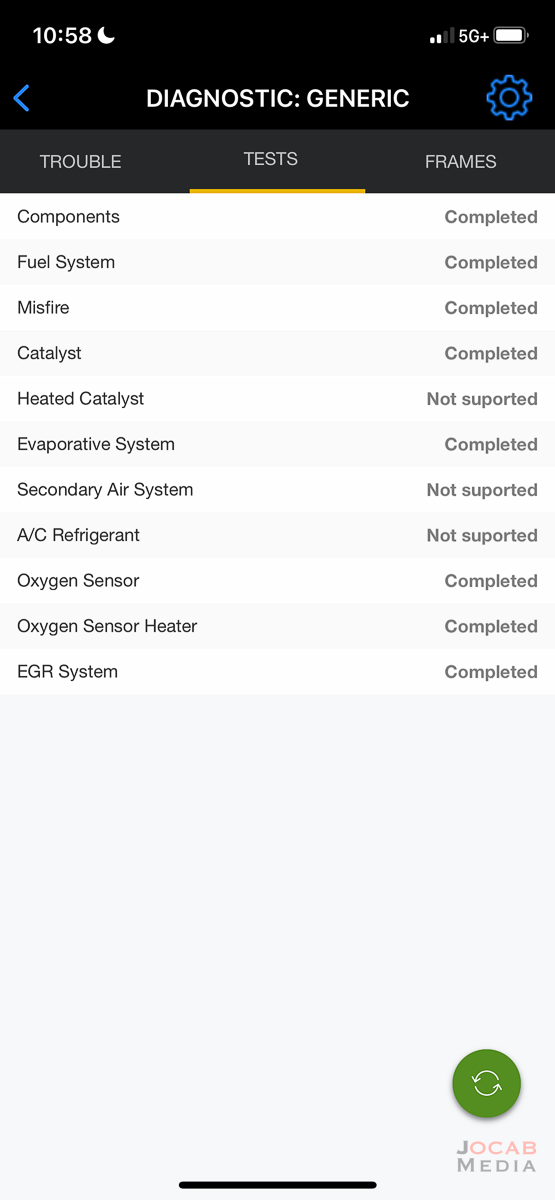
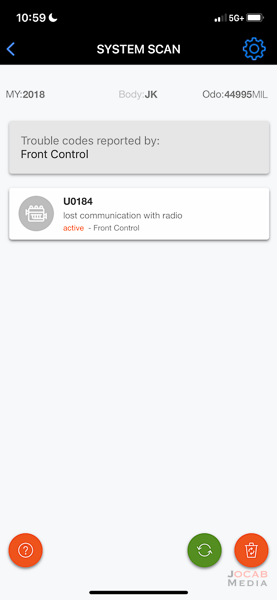
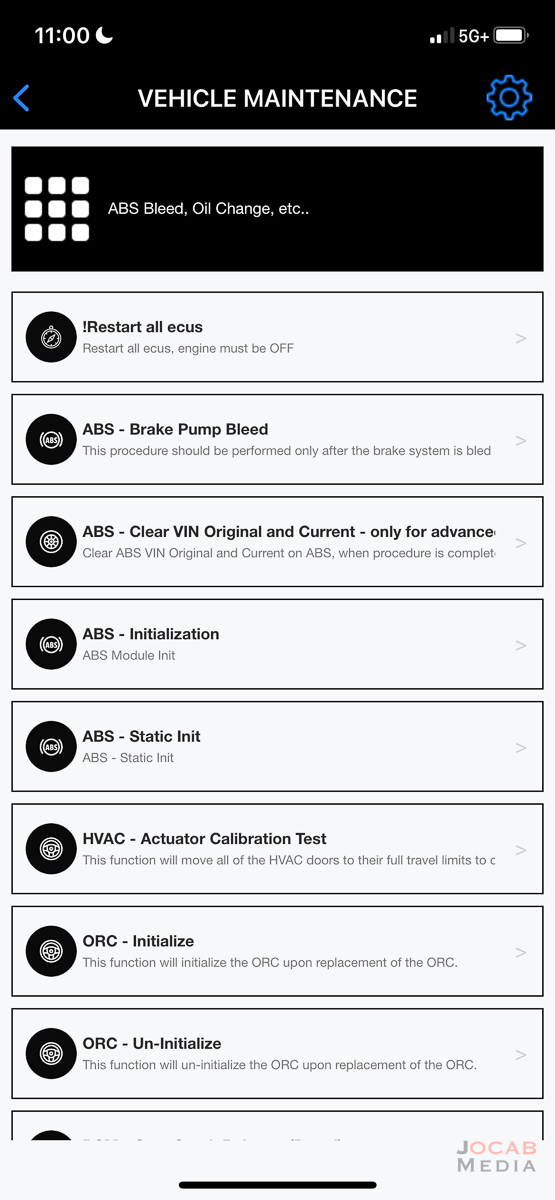
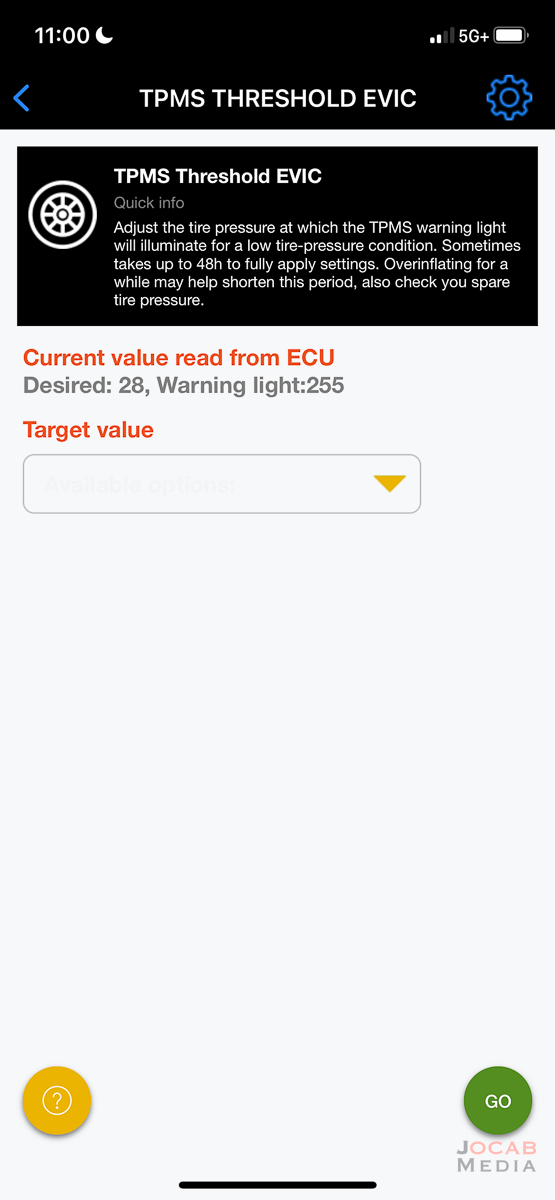
However, I like the Superchips Flashcal because it is a standalone tool that does not require a smartphone which I can just keep in the Jeep to use in an emergency to read a CEL/DTC.
Addendum:
I was curious as to how the transfer case switch works and found a diagram posted on a forum for the NV242, which is different than the NP241OR in my JKUR. However, it does give insight on how the transfer case switch is supposed to work.
In the above example, it shows how the switch/sensor works. The plunger side which goes into the transfer case when threaded in results in different electrical resistance based on the position of the plunger (how far it is extended or depressed). Fully depressed indicates 2WD, fully extended indicates 4LO, and in-between will indicate 4HI or Neutral.
Given that there are two holes on the plug side which appear to be vent holes of some sort, it is likely that this sensor can fail with frequent water crossings due to the fact that the sensor sits vertical with the plug side (with the two vent holes) facing directly up. If you go off-road often, particularly in wet conditions, it is prudent to have a spare transfer case switch at home in the event you get a DTC indicating a transfer case switch failure.

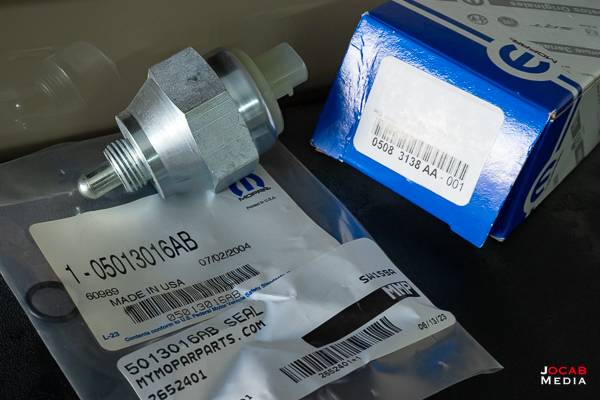
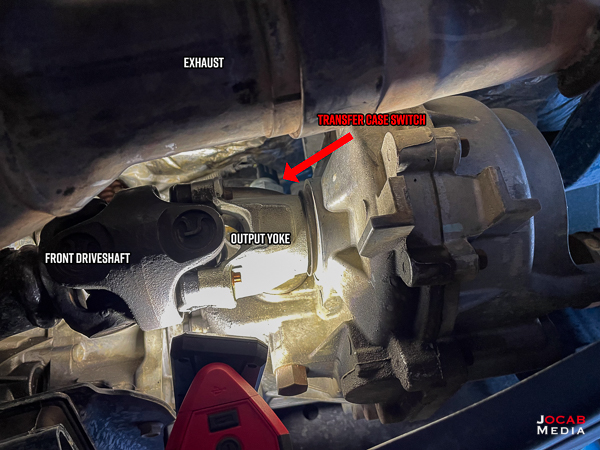
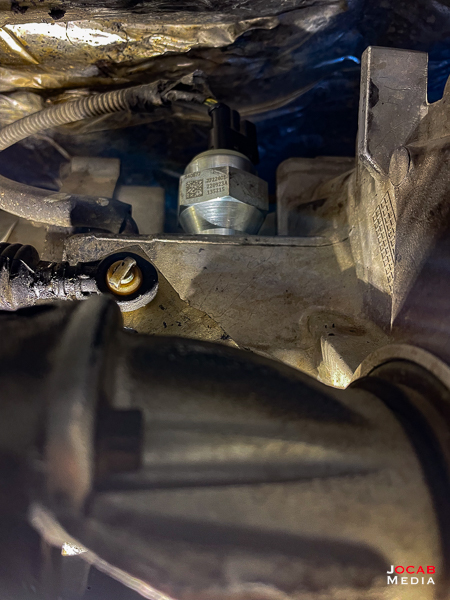
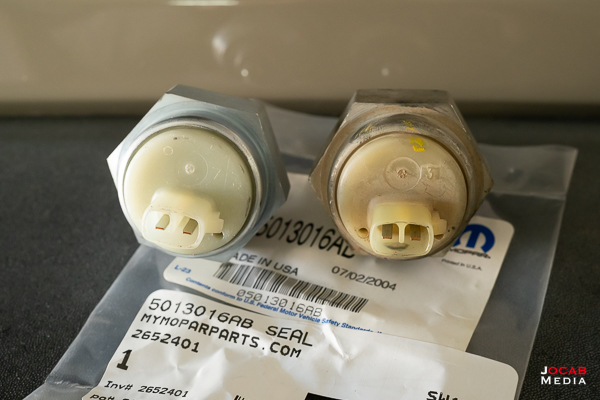
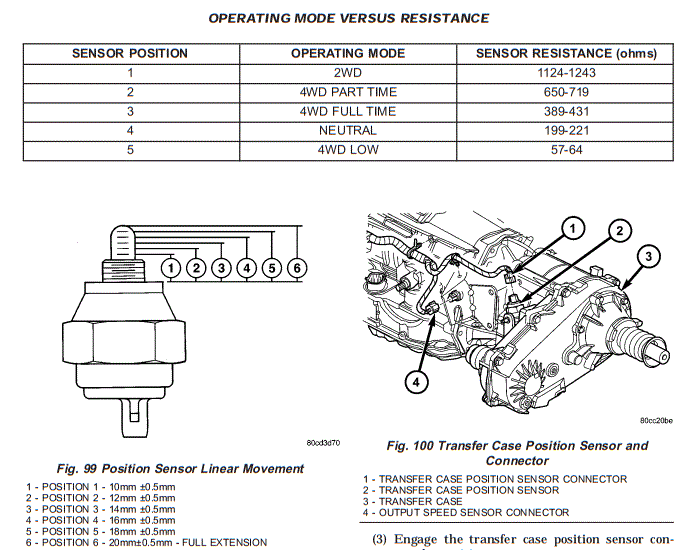
Comment on this post